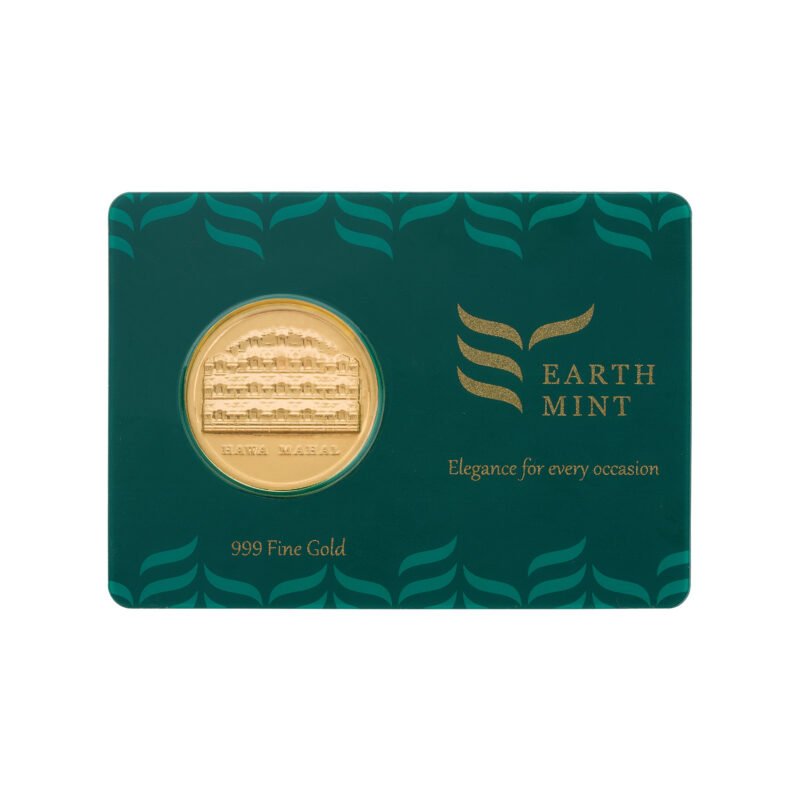As we navigate the financial landscape of 2025, understanding the current price of a gold coin is more crucial than ever. Whether you’re an experienced investor or a curious newcomer, the value of gold coins is influenced by a myriad of factors—from historical trends and economic indicators to supply and demand and geopolitical events. In this blog, we break down the key elements that shape gold coin pricing today and offer practical tips for buying and selling.

Historical Overview of Gold Coin Prices
Gold has captivated human civilizations for thousands of years.
- Ancient Beginnings: From the gold coins of ancient Lydia to the imperial coins of Rome, gold has been a symbol of wealth and power.
- Modern Evolution: After the gold standard ended in the 1970s, gold coins began to be valued more for their intrinsic metal content and collectibility.
- Recent Trends: In the past decade, prices have experienced significant fluctuations, driven by economic crises and shifts in investor sentiment.
Key Factors Influencing Gold Coin Value
Several key factors play a critical role in determining the price of a gold coin:
- Economic Indicators: Inflation, interest rates, and currency strength directly affect gold’s appeal as a hedge.
- Market Demand: Investor sentiment, central bank policies, and the performance of ETFs contribute to price shifts.
- Global Events: Geopolitical tensions, trade disputes, and crises tend to drive up safe-haven demand, thereby increasing gold prices.
The Role of Supply and Demand in Gold Pricing
Gold is a unique commodity:
- Limited Annual Supply: New gold mined each year is only a small percentage of the total above-ground stock, making prices sensitive to changes in demand.
- Investor Demand: As central banks and retail investors continue to seek security amid market volatility, demand remains high.
- Recycling Impact: A significant portion of all gold ever mined is still in circulation, with recycling playing an increasingly important role in the market.
Economic Indicators Impacting Gold Prices
Gold’s performance is closely tied to the broader economy:
- Inflation and Currency Devaluation: When inflation rises or a major currency like the U.S. dollar weakens, gold becomes more attractive as a store of value.
- Interest Rates: Lower rates reduce the opportunity cost of holding non-yielding assets like gold, boosting its demand during periods of monetary easing.
The Influence of Global Events on Gold Coin Value
Global events are among the most unpredictable but influential factors:
- Geopolitical Tensions: Conflicts, trade disputes, or political uncertainty often lead to an increased demand for safe-haven assets like gold.
- Economic Crises: In times of recession or market downturn, investors flock to gold as a safeguard against losses in other asset classes.
Understanding Gold Coin Grading and Its Effect on Price
Not all gold coins are created equal. Their value is also affected by factors such as:
- Purity and Weight: Higher purity (measured in karats or fineness) and weight are primary determinants of a coin’s intrinsic value.
- Condition and Rarity: Grading systems assess the coin’s condition; rare editions or limited mintages command premium prices.
Certification: Coins certified by reputable grading services often fetch higher market values due to verified authenticity and condition.
Popular Types of Gold Coins and Their Market Value
Several gold coins are widely recognized for their historical significance and market demand:
- American Gold Eagle: Known for its high purity and strong collector demand.
- Canadian Maple Leaf: Praised for its precision and beauty, it’s a favorite among investors globally.
South African Krugerrand: One of the original modern bullion coins, it remains popular due to its historical importance and liquidity.

Tips for Buying and Selling Gold Coins
Whether you’re buying or selling, consider the following tips to navigate the market effectively:
- Research and Verify: Always purchase from reputable dealers and ensure the coins come with proper certification.
- Monitor Market Trends: Stay updated on economic indicators and global events that could influence gold prices.
- Consider Long-Term Goals: While short-term trading can be profitable, many investors prefer holding gold for its long-term value preservation.
- Assess Grading: Understand how grading affects price and focus on coins that meet high-quality standards.
- Diversify: Don’t put all your funds into one type of coin; diversify across different mints and series to spread risk.
Conclusion: Future Trends in Gold Coin Pricing
Looking ahead, experts predict that gold coin prices will continue to be influenced by economic and geopolitical factors. While fluctuations are inevitable, long-term trends point to sustained demand driven by:
- Ongoing global uncertainty and inflationary pressures.
- Increasing central bank purchases and institutional interest.
- Advancements in coin grading and certification that bolster collector confidence.
In 2025 and beyond, gold coins will likely remain a key component of diversified investment portfolios, providing both a hedge against economic instability and a store of intrinsic value.
As you consider your investment strategy, keep these factors in mind and stay informed on market developments. Gold’s timeless allure continues to shine—offering stability in an ever-changing world.
